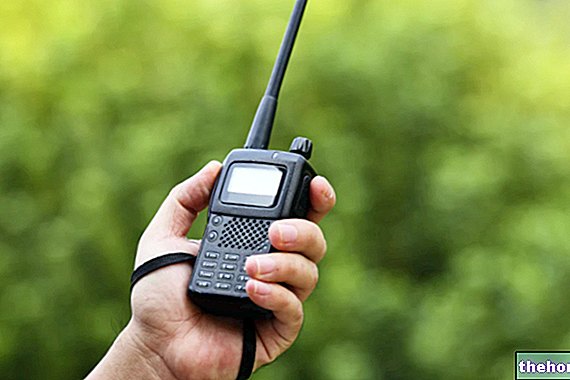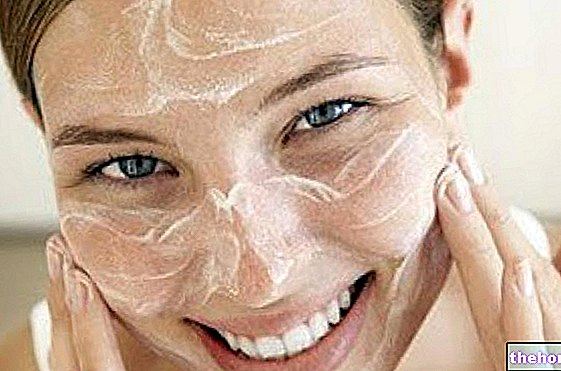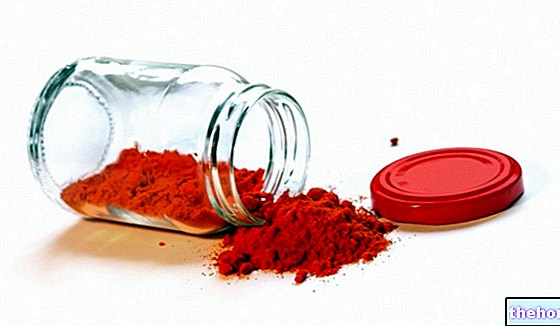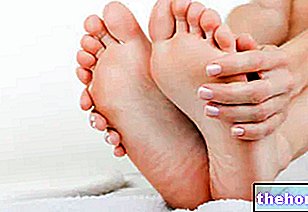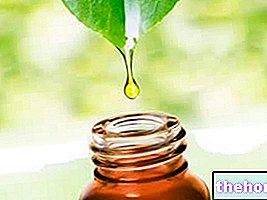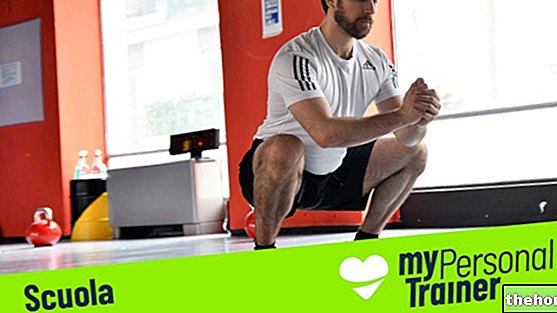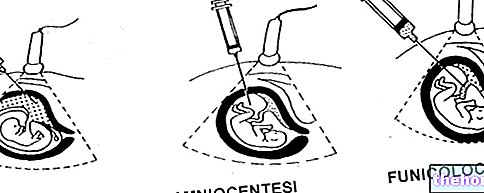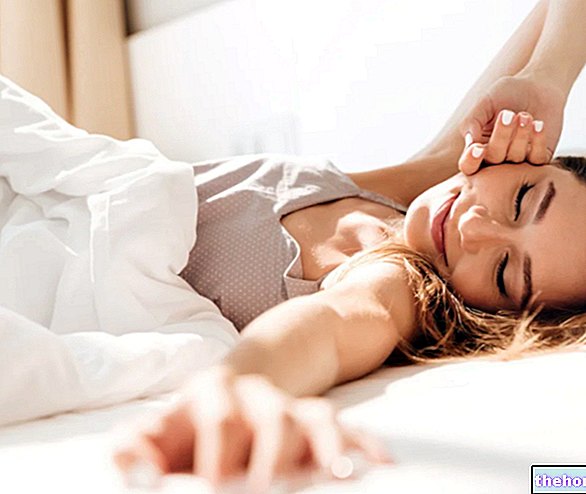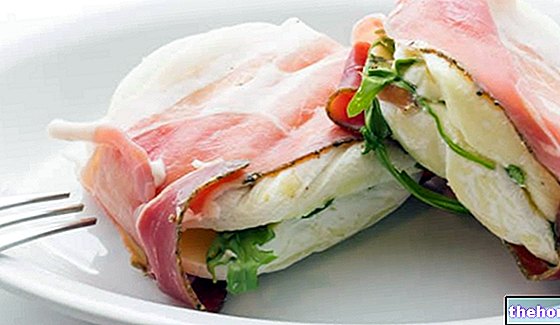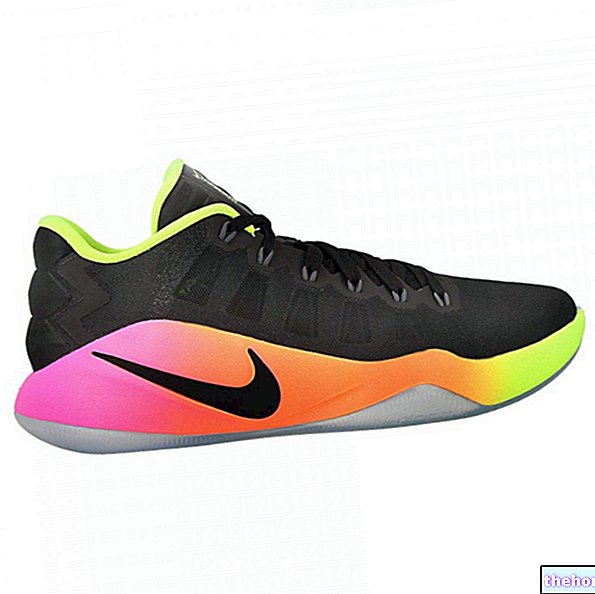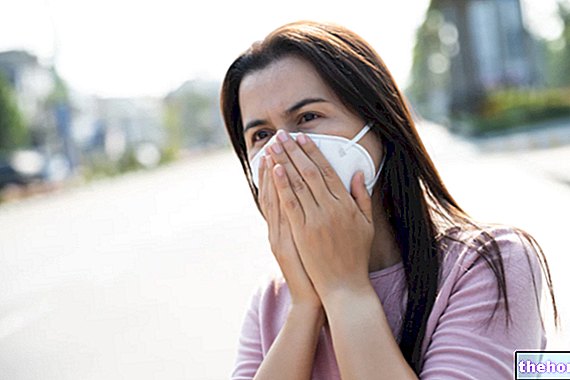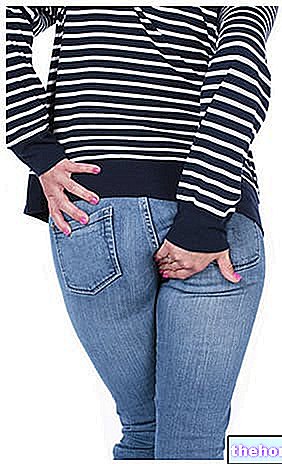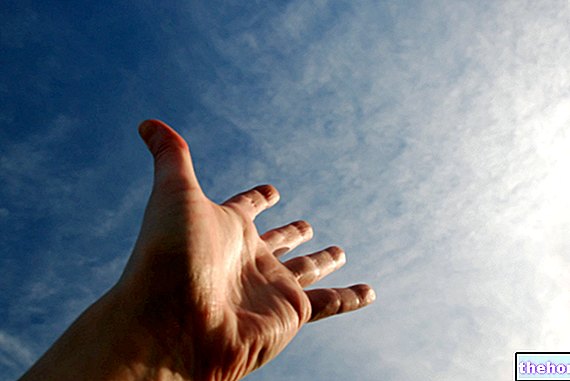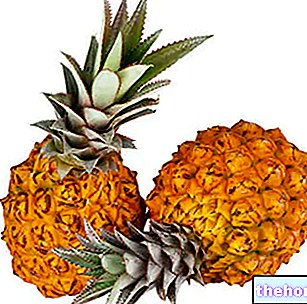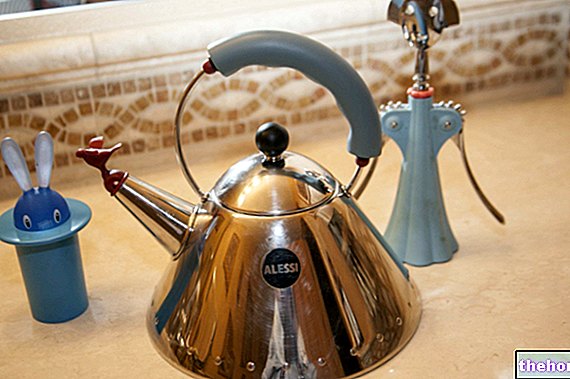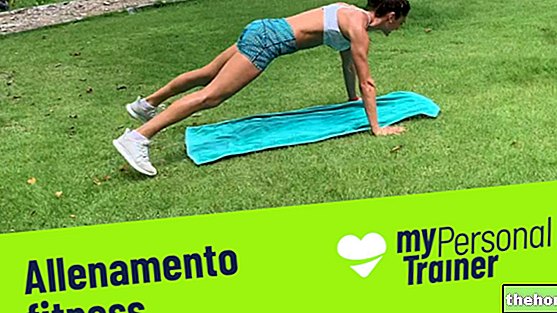Edited by Prof. Guido M. Filippi
Pathological subjects
The ACL operated patients, all athletes, were chosen as they were considered a good model in which the joint proprioceptive system was lost (Johansson H J Electromyogr Kinesiol 1: 158


The recovery of these patients is generally incomplete probably due to this proprioceptive deficit. The application of the protocol described above, evaluated in double blind, produced an immediate (24 hours after treatment) increase in stability on one leg with eyes closed ( 24%), increased up to 32% after 270 days, against 12% of the untreated and only traditionally rehabilitated subjects (Figure 21).
Figure 21. Effects of the vibration on the quadriceps of the operated leg (3 applications per day for 3 consecutive days, 30 days after the operation). O-NV stability on the operated leg with closed eyes, in subjects not vibrated but treated with traditional physiotherapy. OV stability on the leg operated with eyes closed, in vibrated subjects and treated with traditional physiotherapy, similar to the previous group. It should be noted that already 24 hours after the end of the vibratory treatment the stability in OV patients is significantly better than in O-NV patients. the trend of improvement over time in OVs, typically absent in O-NV patients.
Furthermore, the same patients treated showed a recovery of strength equal to the unoperated leg at 270 days. Treatment was performed 30 days after surgery.
CONCLUSIONS
The effects of the application protocol and Cro®System appear in sport characterized by:
- a long persistence time (months) compared to 90 minutes of treatment
- a marked increase in strength
- a marked increase in fatigue resistance
- an increase in motor coordination.
These effects are probably due to a functional remodeling of the motor control networks related to the muscle district being treated, as studies in progress on the cerebral cortex are also demonstrating. This remodeling probably induces better joint management, focusing the muscular activity necessary to optimize stabilization and reducing co-contractions (the cortical correlation of this is also being found: data in publication). The better joint stability allows an increase in explosive force. and decreased co-contractions reduce energy expenditure, while increasing execution speed. All this increases "the fluidity of the gesture" and accounts for the drastic drop in injuries in a sport like professional football.
The extraordinary effectiveness in the recovery of joint control after ACL reconstruction also testifies to the possibility of using the method in the recovery of injured athletes, as it allows both drastically shorter rehabilitation times, and obtaining what traditional physiotherapy alone cannot achieve. , or obtains in a very long time.
Over the years, thousands of treatments have been performed, not only in the sports field, but, above all in the rehabilitation field, with particular attention to neurological diseases of high severity such as multiple sclerosis, stroke outcomes, infantile cerebral palsy. No side effects have ever been observed and the treatment is performed with absolutely unprecedented results in 4-5 year old children.
The characteristic of being a localized vibration allows to act locally on the most important muscle groups in the specialty or on the muscular disharmonies typical of each specialty, but also of the individual athlete.
Some considerations should be made on doping and the Cro®System. Doping by its nature pushes the subject beyond his physiological limits. The protocol described here is limited to making the physiological control mechanisms more efficient. The increase in resistance to fatigue does not depend on an abnormal energy expenditure not detected by the nervous system, but on a lower expenditure in each movement, thanks to decreased co-contractions. This fact was also detected by evaluating lactic acidosis immediately after the competitions. in swimming athletes: drastically better times were associated with lactic acid levels identical to those seen in previous races, but with much lower performance. The increase of the developed strength does not depend on an insensitivity to pain, but on a better joint stabilization.
The procedure of course does not create the athlete. It just makes the athlete work better.
The skills of the trainer and the fatigue of the athlete will have to exploit these effects.
MAIN SCIENTIFIC PUBLICATIONS:
- Brunetti O, Botti FM, Roscini M, Brunetti A, Panichi R, Filippi GM, Pettorossi VE Effects of quadriceps muscle vibration on leg power and knee joint laxity of female volleyball players. in submission
- B Marconi, GM Filippi, G Koch, V Giacobbe, C Pecchioli, VM. Saraceni, C Caltagirone Long-term effects on corticomotor excitability induced by repeated muscle vibration in the leg motor area of elderly subjects in submission
- Camerota F, Galli M, Celletti C, Vimercati S, Cimolin V, Tenore N, Filippi GM, Albertini G. Quantitative effects on gait pattern of repeated muscle vibrations: a 5-yr-old case study.in submission
- Marconi B, Filippi GM, Koch G, Pecchioli C, Versace V, Camerota F, Saraceni VM, Caltagirone C. Long-term effects on cortical excitability and motor recovery induced by repeated muscle vibration in chronic stroke patients. In press Neurorehabilitation and Neural Repair 2011 Jan; 25: 48-60.
- Filippi GM, Brunetti O, Botti FM, Panichi R, Roscini M, Camerota F, Cesari M, Pettorossi VE. Improvement of stance control and muscle performance induced by focal muscle vibration in young-elderly women: a randomized controlled trial. Arch Phys Med Rehabil. 2009 Dec; 90: 2019-25
- Marconi B, Filippi GM, Koch G, et al. Long-term effects on motor cortical excitability induced by repeated muscle vibration during contraction in healthy subjects. J Neurol Sci 2008b; 275: 51-9
- Fattorini L, Ferraresi A, Rodio A, Azzena GB, Filippi GM. Motor performance changes induced by muscle vibration. Eur J Appl Physiol 2006; 98: 79-87.
- Brunetti O, Filippi GM, Lorenzini M, Liti A, Panichi R, Roscini M, et al. Improvement of posture stability by vibratory stimulation following anterior cruciate ligament reconstruction. Knee Surg Sports Traumatol Arthrosc 2006; 14: 1180 - 7.
Other articles on "Neurophysiology and sport - Conclusions"
- Neurophysiology and sport - eighth part
- Neurophysiology and sport
- Neurophysiology and sport - second part
- Neurophysiology and sport - third part
- Neurophysiology and sport - fourth part
- Neurophysiology and sport - fifth part
- Neurophysiology and sport - sixth part


